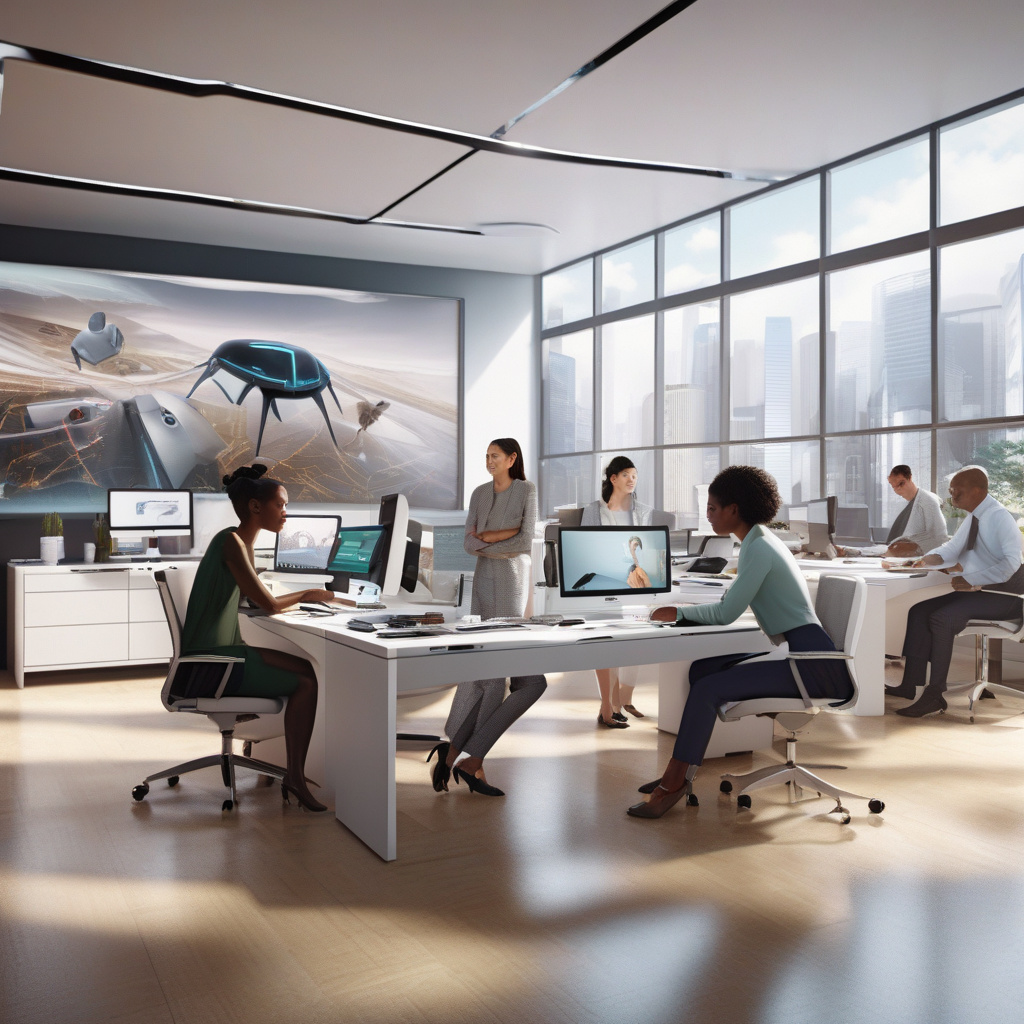Nvidia is at the forefront of innovation once again, this time with the groundbreaking concept of “Graphics 3.0.” This new frontier aims to leverage AI-generated graphics to enhance physical productivity across various sectors, from factories to warehouses. By tapping into generative AI tools, Nvidia envisions a future where AI-generated graphics play a pivotal role in training robots for real-world tasks and automating the creation of physical structures and equipment.
During a recent keynote at SIGGRAPH 2025, Ming-Yu Liu, Nvidia’s vice president of research, highlighted the company’s vision for Graphics 3.0, powered by AI. This evolution is set to revolutionize industries by enabling AI to control robots, manage traffic signals, operate home appliances, drive autonomous vehicles, and handle equipment in diverse settings like offices, factories, and warehouses.
However, transitioning to Graphics 3.0 poses unique challenges. Unlike virtual AI, which relies on abundant data for training, physical AI requires a different approach due to its reliance on pixels. To address this, Nvidia is developing synthetic data by simulating virtual environments to train physical AI models efficiently.
Jensen Huang, CEO of Nvidia, emphasized the transformative potential of Graphics 3.0, envisioning a future where robots not only assist in homes but also redefine work processes in various industries such as manufacturing, agriculture, and logistics. By harnessing AI models and simulation tools, Nvidia is paving the way for robots and autonomous systems to learn, adapt, and execute tasks in the physical world.
One of the key initiatives driving this transformation is Nvidia’s Cosmos AI models, designed to imbue robots with human-like cognitive abilities. Through these models, robots can interpret commands, make decisions, plan actions, and execute tasks with digital intelligence in real-world scenarios.
The shift towards physical AI is crucial as it eliminates the need for costly and time-intensive real-world trials. For instance, autonomous vehicles undergo training in virtual environments to avoid the impracticality of multiple real-world crashes for data collection.
Nvidia’s recent announcement of Omniverse NuRec further underscores its commitment to advancing physical AI. This platform converts real-world sensor data into interactive simulations for robots to train and test in. By offering tools and AI models for constructing, simulating, rendering, and enhancing 3D environments, Nvidia is facilitating the seamless integration of AI into physical tasks.
Moreover, Nvidia’s AI material-generation tools are set to revolutionize graphics by creating hyper-realistic visual details such as reflectivity and surface textures. This innovation empowers 3D experts and engineers to collaborate with AI assistants using simple language to articulate their design requirements effectively.
In conclusion, Nvidia’s Graphics 3.0 initiative represents a significant leap towards unlocking the full potential of AI in the physical realm. By blending cutting-edge AI technologies with advanced graphics capabilities, Nvidia is poised to reshape industries, drive efficiency, and usher in a new era of productivity powered by AI.

